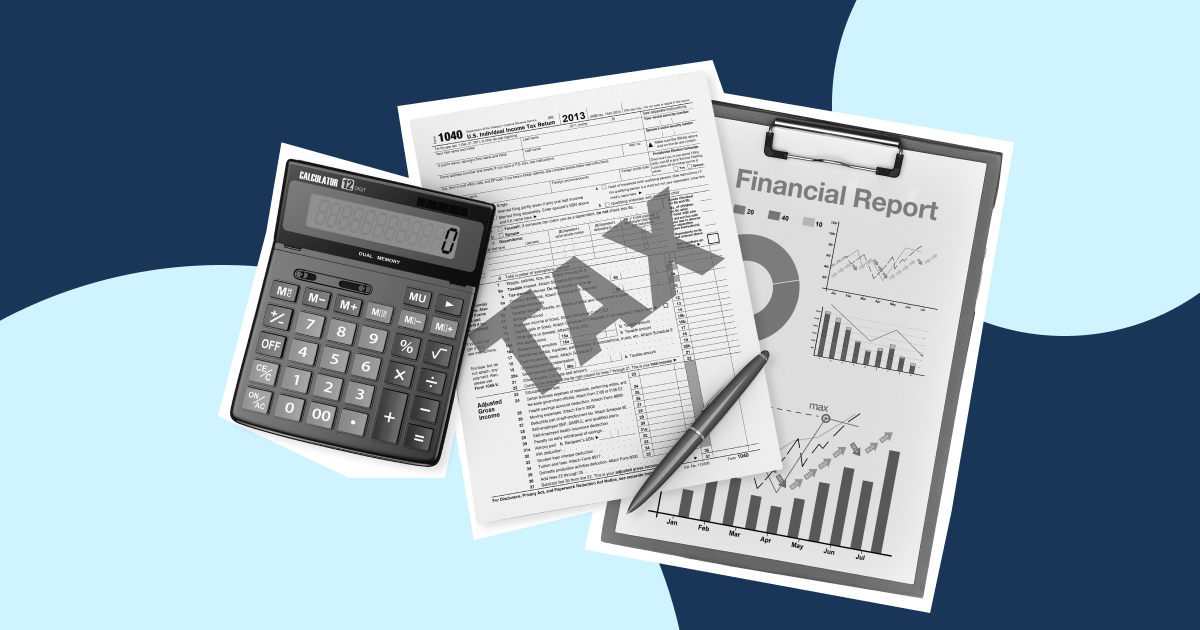Summary
As the year finally comes to an end, we’re coming down to one of the most important periods for every business: the year-end close.
What is a year-end close?
Commonly known as the period where businesses “close the books”, a year-end close is the final step in a company’s financial reporting process before preparing a financial statement. This process involves the evaluation, review, and verification of all financial transactions of a business in the past fiscal year.
Such examples of financial transactions that will be assessed during a year-end close include the income, expenses, investments, assets, and equity of a business amongst many other things. For new business owners, you should know that a financial year may not be the same as a calendar year and differs from company to company.
Click here to learn more about how to choose the best financial year-end date for your business.
The importance of the year-end closing process
Regardless of industry or sector, the financial year-end is a crucial time for all businesses as it determines when your corporate taxes are due each year and pinpoints any balances a business may have.
In addition to that, the financial statements are also prepared during this time, which is provided to key stakeholders to give them an overview of the company’s current financial health.
By organising a smooth annual close, businesses can then create more realistic and successful budgets to maintain their company’s financial position.
Common challenges associated with a year-end close
Without a doubt, the financial year close would come with its unique set of complexities. These include:
• Incorrect or missing data: Missing invoices, typos and spelling errors, miscalculations, unrecorded payments, as well as duplicate data.
• Communication gaps between team members: Especially for companies with several operating entities, they may face miscommunication across departments.
• Human error: Entering data manually can be a cause for human error during this accounting procedure. On top of that, it is also a labour-intensive and time-consuming process.
• Remote teams: Closing the books virtually can be a challenge, especially when there are no collaborative systems and processes in place.
• Unforeseen financial surprises during the year-end review: Failure to go through your year-end review thoroughly may result in miscalculated expenses.
• Lack of digital solutions: Digital solutions like cloud-based applications can help expedite the year-end closing process. Without this, team members may have difficulty with manual data loading and potential human error.
Financial close process checklist
1. Create a closing schedule
Before anything, gather all the key team members in your finance team who have a role in the annual closing process. This is a massive undertaking, so you’ll need all hands on deck for this final push. Once you’ve gathered all the relevant members, set a closing schedule to keep track of the important target dates and the deadlines of each activity.
Preparing a calendar would help everyone stay on track and top of their delegated tasks for a smooth annual close.
2. Gather the key financial statements
Annual financial statements are mandatory documents that need to be submitted at the end of every fiscal year. They are the lifeline of every business and essential to investors as they provide key information on a company’s financial position in the market and the business trajectory going forward. Not only do they come in handy during the year-end closing processes, but they’re also useful during tax season.
The three major financial statements are:
• The balance sheet
• The cash flow statement
• The income statement
By going over these statements, finance and accounting teams will have a comprehensive overview of the company’s overall health, which can help them make better financial decisions in the future.
3. Collect past due invoices
Go over your past invoices and receipts and identify the payments that haven’t been paid before the fiscal year ends. The longer your previous invoices get unpaid, the harder they are to collect. Besides, you wouldn’t this to be carried over to the next financial year as this may cause confusion in the accounting process.
Some ways to expedite this process include invoice factoring and digital receipt capture provided by automation software.
4. Reconcile all transactions
To ensure all debits equal all credits, reconciling all transactions from your bank accounts and credit cards is essential. This is a way of reviewing your accounts receivable and payables.
Cross-checking all your records can help companies identify unusual transactions and errors that may have been caused by fraud or manual data entry errors.
In turn, this would ensure a higher level of accuracy and increase efficiency for the entire team.
Tips on how to improve the closing process
For most accounting and finance executives, the end of the fiscal year is one of the most stressful times all year round. But that doesn’t mean it has to be this way. Here are a few tips on how to streamline your processes for a smoother annual close.
1. Tap into automation
Today’s digital age provides businesses with advanced software technologies to accelerate the annual closing process, which includes automated solutions. With a range of comprehensive features, these tools help businesses deploy tasks more efficiently by eliminating manual data entry and the risk of human error.
2. Create standard operating procedures (SOPs)
One of the typical issues in the financial closing process is the lack of defined processes. Founders may jump straight into things without a clear foresight into what they are preparing for.
By providing structure before the planning process, this provides a steady foundation for all team members that they can always go back to and significantly reduce the likelihood of risks and mistakes.
3. Start early
Since you have the entire 12 months to prepare for the financial year-end, avoid leaving it until the last minute. You’d want to be completely thorough during this process and not miss anything out. In order to do that, you will need adequate time on your hands.
Make use of the months ahead to ahead of time and close your books even early than expected.
Take on your annual close with confidence
Preparing for a company’s annual close is not an easy feat, but it’s also not impossible. All you have to do is take the necessary steps to streamline your processes and adhere to the checklist at all times to keep tabs on everything you need.
With these tips, we hope you are more than ready to ace your year-end financial close with much ease and confidence!










%201.webp)


.webp)